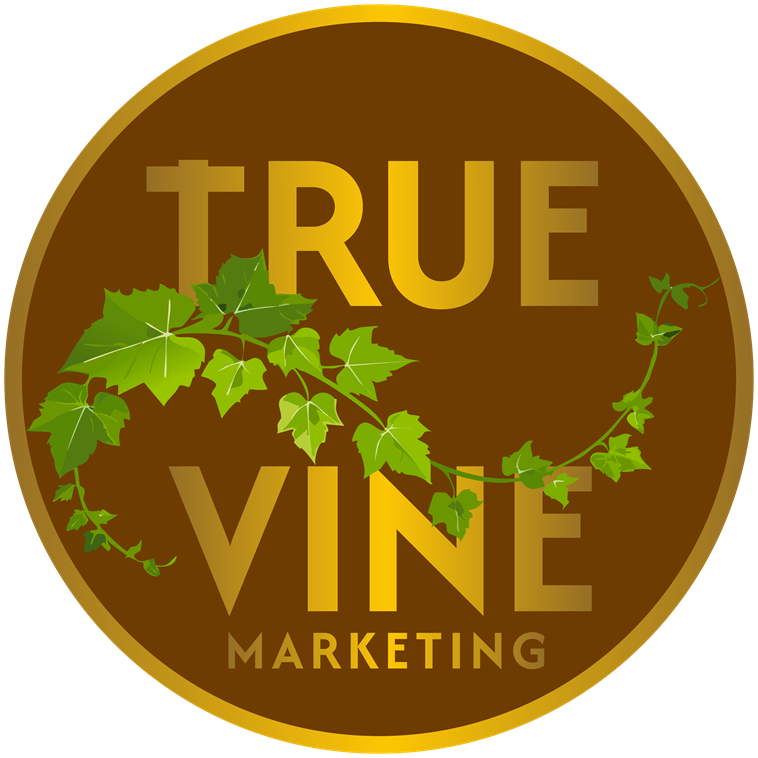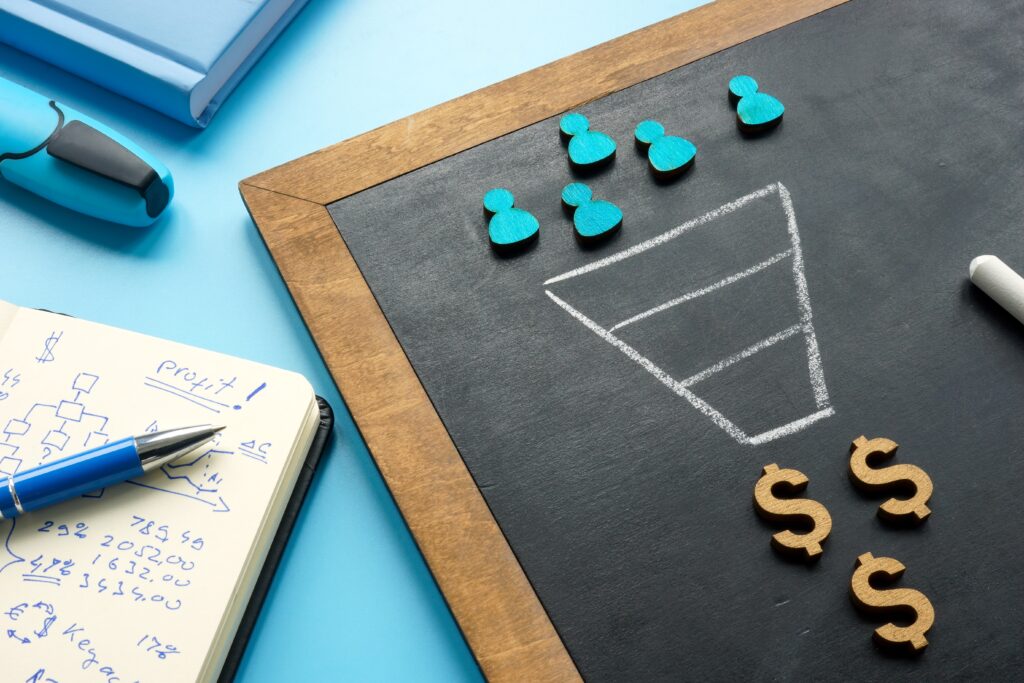In the world of marketing, few concepts are as foundational and often misunderstood as the marketing funnel. So what is a marketing funnel in a direct marketing context, and how can it be applied to turn leads into loyal customers?
Understanding the funnel from top to bottom is essential for professionals looking to build real human connections and drive meaningful results without relying solely on online automation. A marketing funnel is a strategic framework that guides potential customers through the stages of awareness, interest, decision-making, and ultimately, purchase.
Understanding the Marketing Funnel
Before diving into each phase, let’s define the funnel in its simplest form. The marketing funnel is a visual representation of the customer’s path from first contact to final purchase. It narrows as prospects move through the stages, reflecting the natural filtering process as some lose interest and others advance.
What is a marketing funnel in direct marketing? It is a strategic tool that helps professionals deliver the right message at the right time to the right person, usually through personal interaction, direct mail, calls, or in-person events.
The funnel is typically broken down into three main stages:
- Top of the Funnel (TOFU): Awareness and initial interest
- Middle of the Funnel (MOFU): Engagement and evaluation
- Bottom of the Funnel (BOFU): Decision and purchase
Top of the Funnel: Building Awareness
The top of the funnel is all about discovery. At this stage, potential customers may not even be aware they have a need. Your job is to introduce yourself, spark curiosity, and provide a compelling reason for them to learn more.
In direct marketing, this often involves:
- Cold calling
- Door-to-door outreach
- Trade shows and networking events
- Direct mail pieces
- Sample giveaways or promotional materials
Since this is your first interaction, your focus should be on building rapport and offering value without asking for too much in return.
Example Strategy:
A field sales rep might attend a local business expo and strike up conversations with booth visitors. Rather than pitching immediately, they provide a helpful industry report and ask thoughtful questions about the visitor’s business challenges.
This is classic top-of-funnel marketing. The goal is not to sell but to generate interest, collect contact information, and move prospects to the next stage.
Middle of the Funnel: Nurturing Interest
Now that you’ve captured some attention, it’s time to nurture that interest. The middle of the funnel is where your prospects are evaluating their options and considering whether your product or service is right for them.
In this phase, direct marketing techniques can be very powerful because they allow for personalized communication and relationship-building.
Effective Tactics:
- Follow-up phone calls after an initial meeting or mailing
- One-on-one consultations or demos
- Sending case studies or testimonials through mail or email
- Hosting small in-person seminars or events
The key here is to demonstrate relevance and build trust. You want to understand the prospect’s specific pain points and position your offering as the solution.
Example:
A telemarketing agent follows up with prospects who attended a local seminar. Rather than delivering a generic sales pitch, they reference a specific concern the prospect mentioned during the event and provide a tailored solution, along with a real-world success story from a similar client.
This kind of personal, one-to-one engagement keeps the momentum going and strengthens the connection between your brand and the potential customer.
Bottom of the Funnel: Closing the Deal
At the bottom of the funnel, your prospects are ready to make a decision. They’ve evaluated their options, gathered information, and are now weighing the final details.
This is where your persuasive communication skills and credibility matter most. The direct marketing professional at this stage should focus on helping the customer overcome any final objections and take that next step.
Common Direct Marketing Tactics:
- In-person meetings to finalize deals
- Offering limited-time incentives
- Closing calls to clarify final questions
- Personalized mailers with purchase or contract forms
Remember, this is not about pressure; it’s about reassurance. The customer wants to know they’re making the right choice, and your job is to provide that confidence.
Example:
A sales representative meets with a prospect at their office and walks them through the final proposal. They address last-minute concerns, highlight testimonials from similar clients, and offer a time-sensitive discount for signing within the week. This approach respects the decision-making process while providing an extra nudge toward commitment.
At this point in the funnel, precision and timing are critical. You’ve worked hard to build trust and rapport; now it’s time to guide the prospect across the finish line.
Post-Sale: Extending the Funnel
Although the traditional funnel ends with a sale, the most effective marketers know that real success comes from what happens afterward. Following up with new customers helps ensure satisfaction, increases the likelihood of repeat business, and generates referrals.
Follow-up Techniques:
- Phone calls to check satisfaction
- Thank-you cards or gifts
- Referral request campaigns
- Exclusive offers for returning customers
These methods not only enhance the customer experience but also keep the pipeline full by turning buyers into brand ambassadors. In essence, you’re transforming the funnel into a flywheel that keeps spinning with every successful engagement.
Aligning Direct Marketing with the Funnel
It’s important to align each tactic you use with the appropriate stage of the funnel. Misaligned efforts—like pushing for a sale before establishing trust—can alienate potential customers.
Here’s how to structure your direct marketing efforts to match each stage:
| Funnel Stage | Goal | Tactic Examples |
| Top (Awareness) | Generate interest | Cold calling, direct mail, event introductions |
| Middle (Engagement) | Build connection | Follow-up calls, personal demos, mailed case studies |
| Bottom (Decision) | Close the deal | In-person meetings, closing offers, incentive deals |
| Post-Sale | Retain and expand | Follow-ups, thank-you notes, loyalty programs |
By staying in tune with where your prospect is in the funnel, you increase your effectiveness at every touchpoint.
Training Your Team on the Funnel
If you manage or train a sales or marketing team, teaching the funnel structure is essential. Ensure your team understands that every interaction should be intentional and aligned with the customer’s current mindset.
Training Tips:
- Role-play scenarios for each stage of the funnel
- Create scripts for calls or meetings tailored to each phase
- Review funnel performance metrics in team meetings
- Encourage team members to share successful strategies
A shared understanding of the funnel improves consistency across your organization and leads to better customer experiences.
Measuring Success at Every Stage
To refine your marketing funnel, you must measure performance. Keep track of how many leads move from one stage to the next and analyze where drop-offs occur.
Key Metrics:
- Response rates to direct mail
- Call-back rates after initial contact
- Number of meetings or demos scheduled
- Conversion rate from proposal to sale
- Customer retention and referral activity
Data gives you insight into which parts of the funnel are working and where improvement is needed. Over time, this allows you to adjust your strategy for better results.
Understanding the Customer Journey
Ultimately, the funnel is just one way of mapping the broader customer journey. While funnels provide a linear model, real-life buyer behavior is often more complex. People may enter and exit the funnel multiple times, especially in high-touch or B2B environments.
That’s why listening, patience, and relationship-building are so important in direct marketing. The more you align your funnel tactics with the natural flow of your customer’s journey, the more effective your efforts will be.
Strategic Use of Marketing Funnel Techniques
So, what is a marketing funnel in the context of direct marketing? It’s a proven framework that helps professionals guide potential customers from discovery to purchase using personalized, real-world interactions.
When used strategically, the funnel becomes more than a concept; it becomes a practical roadmap for growth. By mastering each stage and applying the right techniques at the right time, you can create a seamless experience that builds trust, drives conversions, and nurtures long-term loyalty.
Whether you’re just starting out or leading a seasoned team, your success in direct marketing depends on your ability to meet customers where they are, guide them toward value, and help them take confident action. The funnel is your guide, and now you’re ready to make the most of it.
True Vine Marketing helps brands establish a strong foundation, refine their messaging, and expand their market presence with intentionality. Through strategic marketing solutions, we empower businesses to connect with their audience in meaningful ways, ensuring every touchpoint strengthens their impact and influence. Contact us to learn more about our marketing services and how we can nurture your business into a thriving enterprise.

